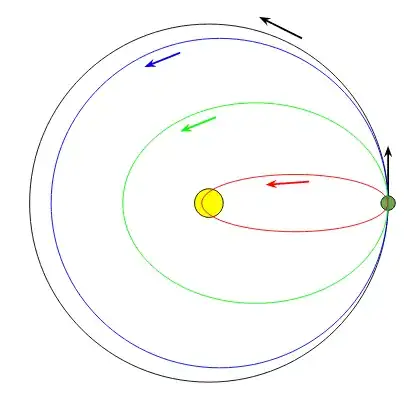The problem is that you suggest an object moving slightly slower than the Earth would spiral into the Sun, but this doesn't happen.
An object orbitting the Sun moves in an ellipse. This diagram shows what happens if we launch objects from the Earth as you suggest:

The black circle shows the orbit of the Earth, which is close to circular (the Earth actually moves in a slightly elliptical orbit). If we fire our projectile so it ends up with a slightly lower velocity than the Earth then we end up with the blue orbit. This is slightly more elliptical than Earth's orbit, and it comes closer to the Sun at perihelion. But this is a perfectly stable orbit and the projectile does not spiral inwards.
If we now give our projectile a bit more oomph so it ends up moving a lot slower than the earth we get the green orbit. This is now a pronounced ellipse, and it comes a lot closer to Sun at perihelion. But again it remains in a stable orbit and won't hit the Sun.
If we now fire our projectile at roughly Earth's orbital speed we get a very elliptical orbit like the red one, and this is what we have to achieve to hit the Sun. I've exaggerated the size of the Sun (if it was to scale it would be about half a millimetre wide) so in fact the orbit would have to be very, very elliptical for our projectile to actually hit the Sun. We'd have to reduce it's tangential velocity to effectively zero.
Ad this is the problem. The orbital velocity of the Earth round the Sun is about
30 km/sec and we need our projectile to have this velocity relative to us to get such a tight orbit. Actually you have to add the escape velocity of the Earth on as well, making the launch velocity about 41 km/sec. If you want to hit the Sun there just isn't any way round this.
Well, there is a way round it but it's complicated. We're used to thinking of using gravity assists to boost the speed of a spacecraft so it can reach the outer planets. However we can use gravity assists to slow down a spacecraft and make it plunge into the Sun. The Mercury probe used exactly this method to put it into an orbit round Mercury. But these are complicated manoeuvres. Mercury required an Earth flyby, two Venus flybys and three Mercury flybys to get it safely to Mercury. That's fine for a high budget space probe but not great for disposing of waste into the Sun.
